Monotype XXVIII
1991 (SOLD)
Ink colors painted on and printed from one aluminum plate, with hand additions, printed on white Richard B. Tullis II handmade paper
40 x 50 inches
Signed and dated lower right: “Frankenthaler ’91”. Inscribed lower left: “XXVIII”. Verso inscribed: “June 4”.
Ex Collection
The artist
Collection of Garner Tullis, New York
Knoedler & Company
Private collection until the present
Exhibited:
Nocturne/Nocturnal, Skoto Gallery, New York, October 17–November 30, 2002. Judy Collischan, curator.
Literature:
Pegram Harrison and Suzanne Boorsch, Frankenthaler: A Catalogue Raisonné, Prints 1961– 1994 (New York: Harry N. Abrams, Publishers, 1996). No. 199; listed page 455; illustrated page 455; mentioned in the text page 442.
Notes:
Garner Tullis invited Frankenthaler to his New York workshop in 1991; over the course of the summer, they embarked on the most prolific work session in the artist’s printmaking career. Between May 14 and June 4, they collaborated on thirty monotypes and began proofing six woodblocks that later would produce two edition prints and an accompanying twenty-nine monoprints. Frankenthaler had first collaborated with Garner Tullis in 1982, when he was co- director of the Institute of Experimental Printmaking, later Experimental Workshop, on a series of twenty-eight monotypes.
Working directly with ink on an uncarved woodblock or aluminum plate, Frankenthaler produced as many as five monotypes in one day. In many cases, she used the “ghost” image left on the block after it had been through the press as the beginning of her next image. Generally, the first print was richly saturated in color while at least a portion of the second impression was lighter or more transparent, often revealing the grain of the wood, on which Frankenthaler had been painting. She would then change the work by adding new drawing, something even darker than the first, and by frequently reorienting the direction of the image.
In one case, Frankenthaler was able to use two ghost impressions in the creation of three monotypes. Monotype XVI, XVII, and XVIII all have their beginnings in the swatch of deep red painted on wood with added passages in yellow, blue, and white. For Monotype XVII, the blue and yellow seem to have maintained their density, but the red is lighter and more open, revealing more of the wood grain. To this ground, Frankenthaler added dense areas of green and overpainted three of the knotholes with dark red. Once Monotype XVII was pulled, there was still enough ink remaining to pull one impression (Monotype XVIII). The artist does not appear to have added to or altered the plate any further. The red has become a quiet stain, the blue merely a soft glow, and the green is now a more open spreading form, the oil of the ink haloing its edges.

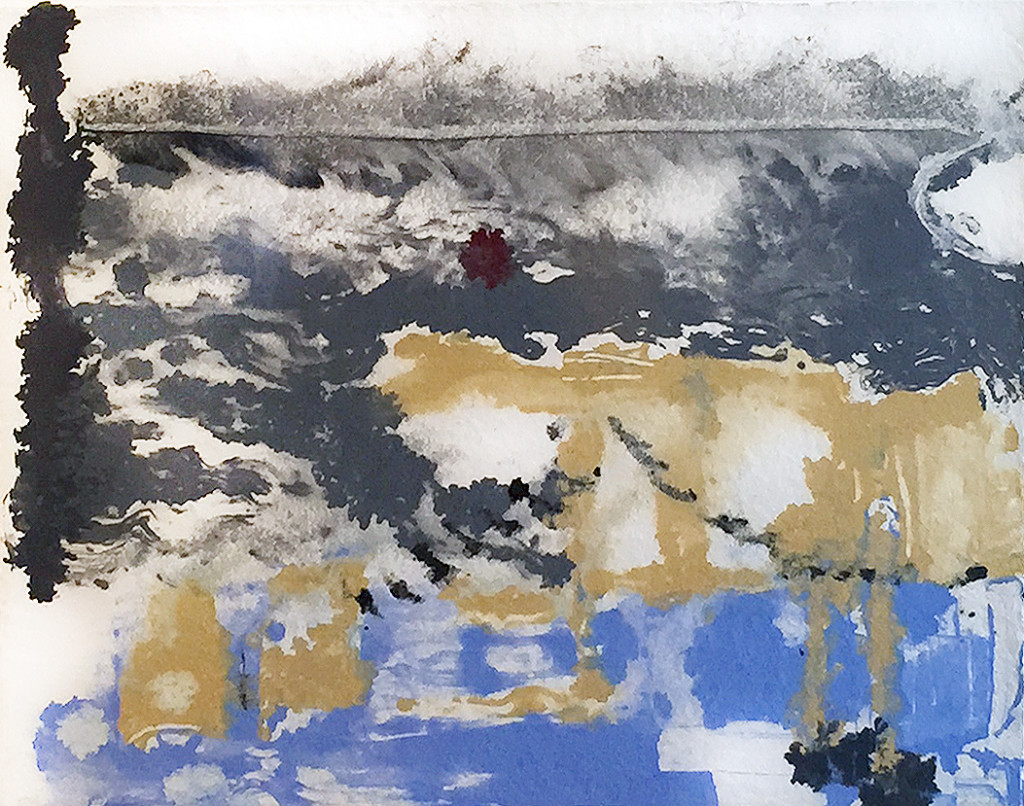
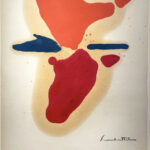 Untitled
Untitled
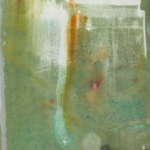 Untitled
Untitled
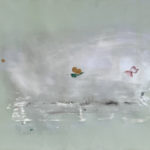 Untitled (October 26 1983)
Untitled (October 26 1983)
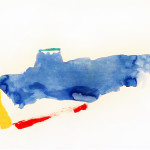 New York VI
New York VI
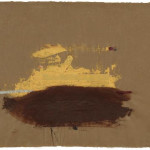 Orient Express #5
Orient Express #5
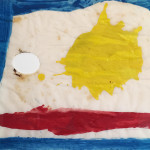 Untitled
Untitled
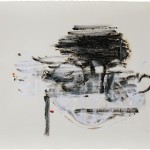 Fire and Ice
Fire and Ice
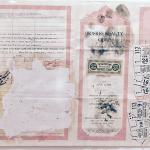 Untitled
Untitled
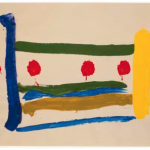 Untitled
Untitled
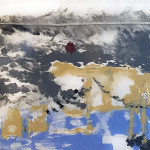 Monotype XXVIII
Monotype XXVIII
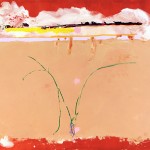 Adobe
Adobe
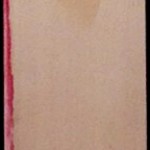 Untitled
Untitled
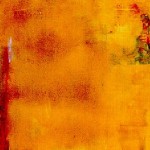 August
August
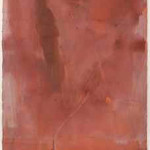 Untitled
Untitled